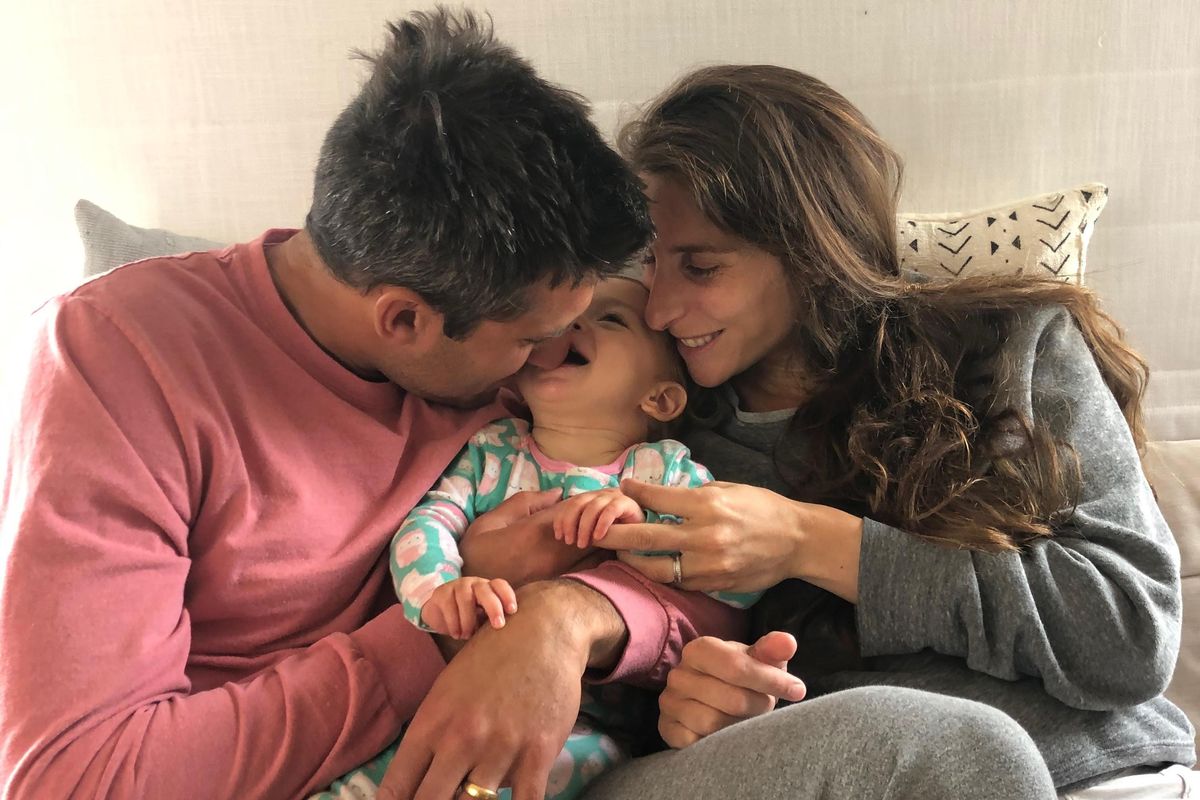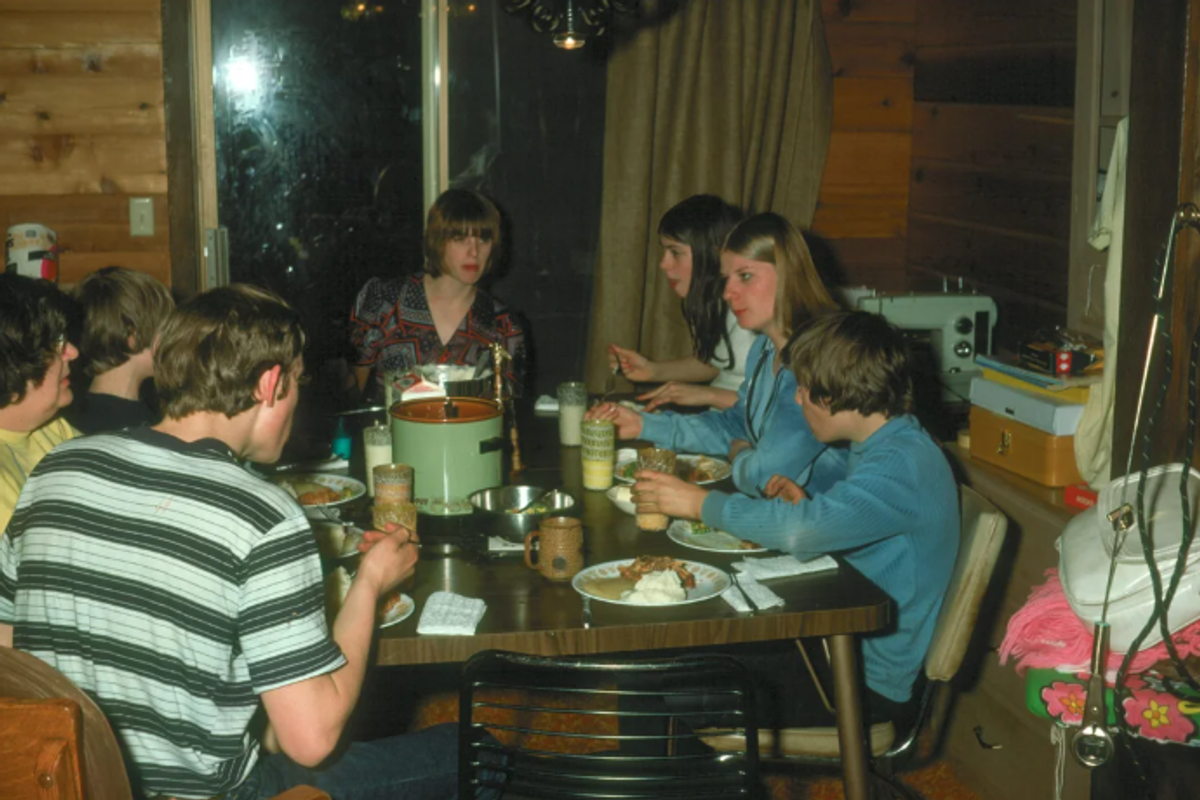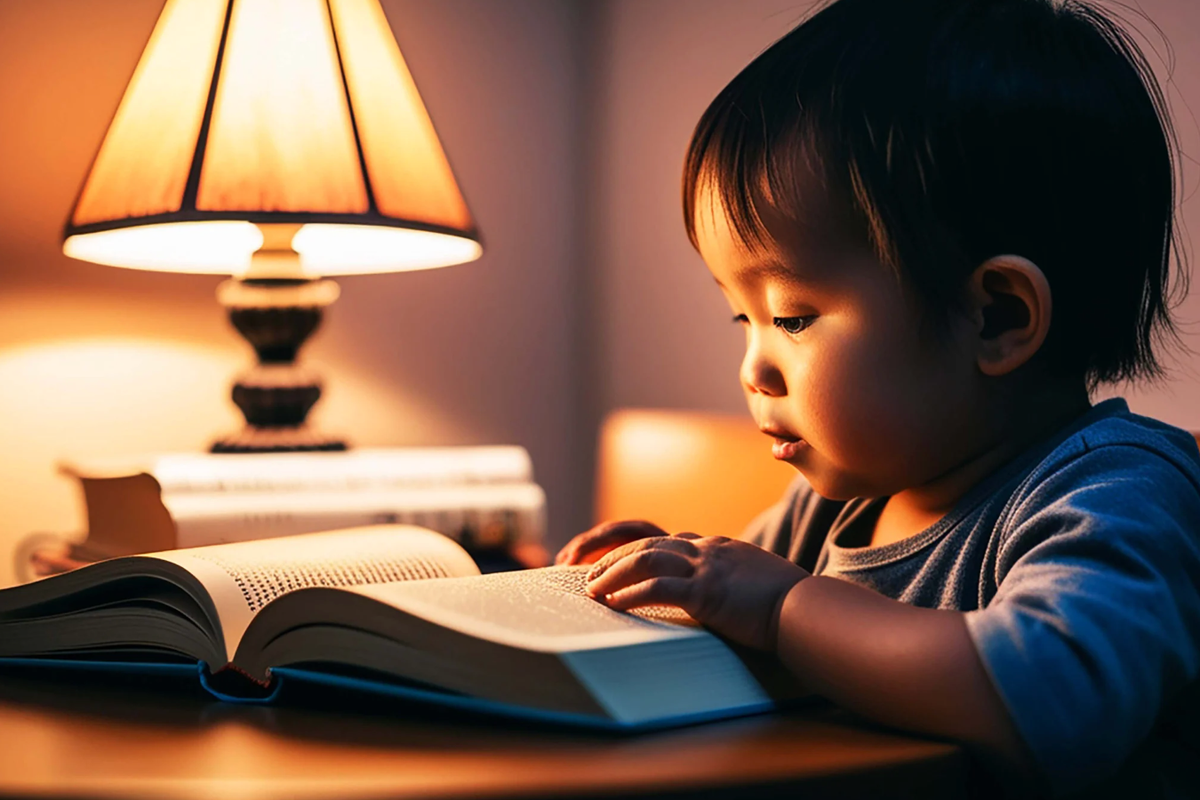
Editor's Note: Recently it was reported that the DSM-5 would include a new diagnosis "prolonged grief disorder," likely opening up new pathways for treatment, including therapy and medication. The inclusion, which has been debated for decades, is considered highly controversial by critics who say it stigmatizes and further isolates those living with grief. The following op-ed is a response to the decision. Upworthy has not taken an official stance on the decision but is sharing this article as a means of furthering the discussion about mental health, grief and how we as a culture and community address such challenges.
Dear Beauty,
I wonder if they understand that the root of the word "care" is from an Old High German term chara, meaning grief or lament. If only our healthcare system would let us hold our sorrow and help us understand that it moves and changes as we try to move through life after losing someone we love, too soon, too young.
When you were diagnosed with a rare and fatal neurodegenerative disorder that we knew would destroy your mind and body, every assumption about what is right and natural and good in the world was shattered.
Despite having done extensive preconception genetic testing, a fatal mistake was made by a physician. The wrong test was ordered, and your dad‘s carrier status was misreported. Your life, the one that was supposed to be long and full and ever-changing, would last 12 to 18 more months if we were lucky. We’d never watch you grow-up. We’d never hear you talk. We’d never hold your hand to take a walk.
Today, 14 months after your death, the missing, the aching, the craving and the longing still exist just as much as it did on December 17, 2019, the day we learned you would die.
Now, the American Psychiatric Association has added prolonged grief disorder to the most recent version of Diagnostic Statistical Manual. Now, I live with the marker of a disorder. Am I grieving too long? Too deeply? Is it my fault that the world as I once knew it will never be the same again? Is it crazy that I don’t want it to be?
Am I disordered? Am I crazy when I walk our neighborhood streets with your sister and reach my hand down to squeeze the place where yours used to rest in the stroller? I write to you everyday in my journal and tell you all about the goings-on — does that mean I think I can talk to the dead? Would it even matter?
I think I’ll keep writing, if you are okay with that. It makes me feel close to you, even though I just wish you were here.
Love,
Mom
When parents of living children do whatever it takes every day to keep their children in the front row of their lives, does that mean they too are disordered? Should they be prescribed naltrexone so that they can “end their addiction” to their child?
We live in a world that is afraid of loss, afraid of death and afraid of the feelings that they stir up. For grieving people, this means it is not safe to share pain, it is not safe to be honest, it is not safe to be real. We are told we need to move on, readjust, find the silver lining and appreciate the life and people we have.
The thing is, living inside tragic loss allows grieving people to feel things on a different plane. Embodied grief is a portal to finding beauty in the mundane. And the thing is, when grieving people are allowed to feel for however long and in whatever way they need, they can become a superhuman. We can hold the deepest, darkest pain and offer the fiercest compassion. All in the same tear, all in the same smile.
But, if you tell us we are disordered, and you wave drugs in front of us before we know whether they are helpful or even necessary for us, we will hide and withdraw from the feelings that can bring so much richness to our lives, and to the people who are still here on this earth, and the ones who aren’t. If you take a look at the long arc of history, it’s those who have suffered and have found their voice that have made the world a better place.
So if not a diagnosis and medication what can we do for people who have lost a loved one?
We can help them remember their loved one, actively. We can say their name, celebrate their important dates and keep them present in daily life. Not only for one week, or one month, or one year, but forever. We can ask about who they were, what they loved and what made them smile. We can show up—when we’re asked, and sometimes when we’re not. We can send a text or a note when we see a beautiful flower or a red-tailed hawk that is a symbol of their loved one.
- We can honor them through microrituals—in our family this looks like dinner and dancing and song and poetry and tears and laughter every Friday night.
- We can read and get educated. Read "Bearing the Unbearable" by Dr. Joanne Cacciatore, read "The Wild Edge of Sorrow" by Francis Weller. Watch videos and read articles on the Courageous Parents Network.
- We can sit by their side when they cry. We can hold their hand in those moments, instead of helping them reach for a bottle.
- We can ask, “What do you need to be OK, today?” and not be afraid of the answer.
I promise these simple actions work. They are the best medicine. This list really does go on and it doesn’t cost our country anything.
The medicalization or minimization of grief, however, could cost us our humanity.
- Andrew Garfield sums up the grief of losing his mom in a simple and ... ›
- 102 days after his wife's death, Patton Oswalt describes grief as only ... ›
- Please read this before you post another RIP on social media ›
- Brené Brown enlightens people on the grieving process - Upworthy ›
- A bee-autiful tribute to a 'goofball' mom on Mother's Day - Upworthy ›




 The U.S. has a unique gun culture.
The U.S. has a unique gun culture. It's much easier to get around without a car in Europe.
It's much easier to get around without a car in Europe.  The U.S. is an outlier in the world when it comes to healthcare costs.
The U.S. is an outlier in the world when it comes to healthcare costs.  Europeans get far more generous paid leave than Americans do.
Europeans get far more generous paid leave than Americans do. Work-life balance is something a lot of Americans struggle with.
Work-life balance is something a lot of Americans struggle with.
 Can we please get a "meet the dog" rule on airplanes?
Can we please get a "meet the dog" rule on airplanes? No matter your age, headphones to listen to things on a flight are a must.
No matter your age, headphones to listen to things on a flight are a must. One overhead bag per passenger until everyone's got their luggage settled.
One overhead bag per passenger until everyone's got their luggage settled.  Even if you know it by heart, please don't talk during the safety demonstration.
Even if you know it by heart, please don't talk during the safety demonstration.


 William Shakespeare
William Shakespeare  Oscar Wilde
Oscar Wilde  Wendy from Peter Pan
Wendy from Peter Pan